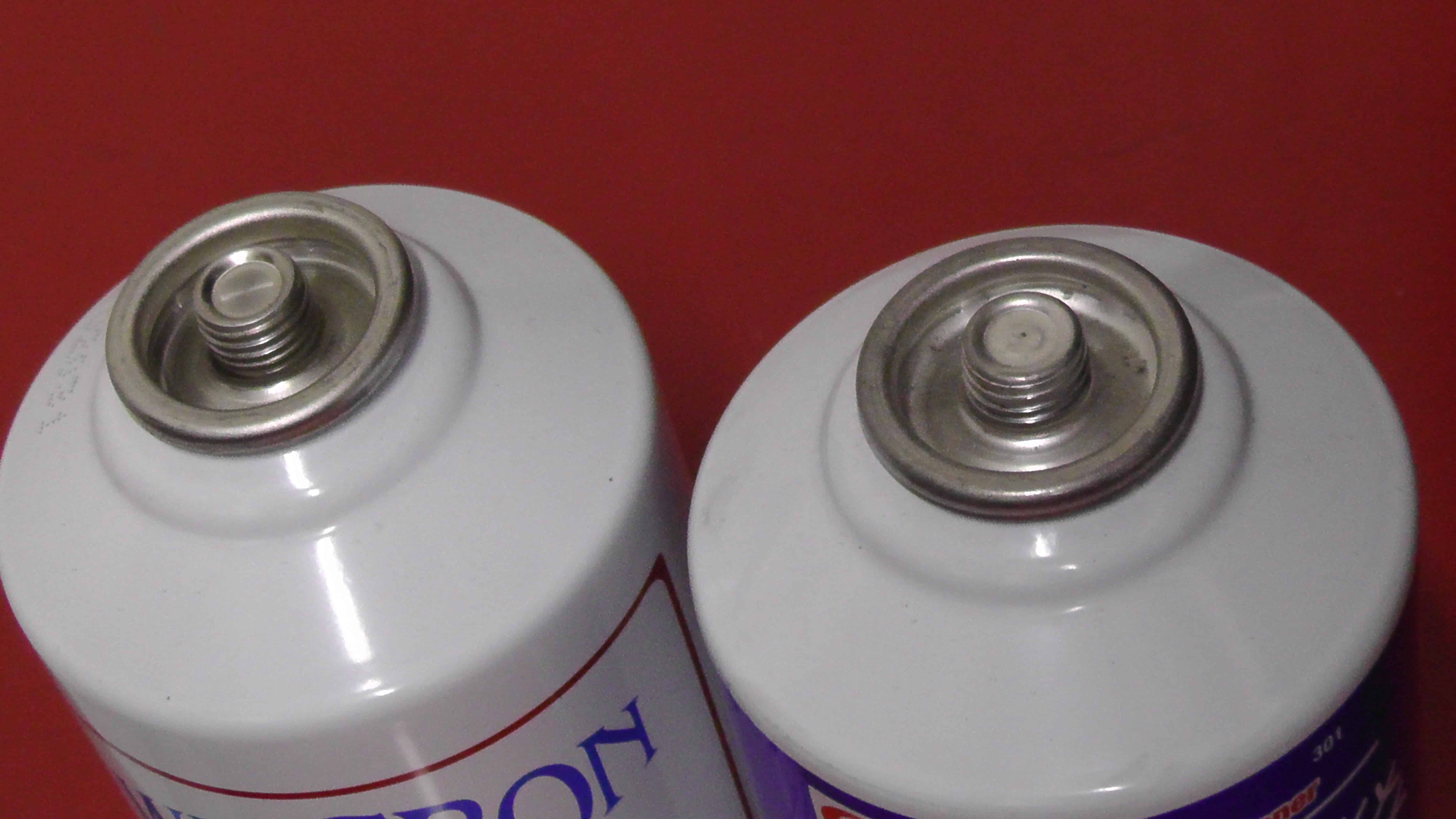EPA issues Notice of Proposed Rulemaking on small cans
By Steve Schaeber, MACS Technical Editor
On November 9, 2015, EPA published a proposed rule to amend section 608 of the Clean Air Act pertaining to refrigerant management program regulations.
The Clean Air Act prohibits the knowing release of ozone-depleting and substitute refrigerants during the course of maintaining, servicing, repairing, or disposing of appliances or industrial process refrigeration, including mobile A/C systems. The existing regulations require that persons servicing or disposing of this equipment observe certain service practices that reduce emissions. This proposed rule would update those existing requirements, as well as extend them to non-ozone-depleting substitute refrigerants, such as hydrofluorocarbons (HFCs). Among others that pertain mostly to the HVAC/R industry, the proposed updates include restructuring the requirements for small cans of MVAC refrigerant. As a result, this action would reduce emissions of gases with high global warming potentials, such as R-134a.
Extend the Sales Restriction to Substitute Refrigerants, With an Exception for Small Cans of MVAC Refrigerant
Existing regulations restrict the sale of ODS refrigerant to certified technicians. EPA is proposing to extend this restriction to HFCs and other non-exempt substitute refrigerants. Due to the large do-it-yourself (DIY) community that have long serviced their personal MVACs, EPA has considered less costly ways to avoid restricting the sale of MVAC refrigerants to certified technicians while still reducing releases of non-exempt refrigerants. Therefore, EPA is proposing a limited exemption for the sale of small cans of refrigerant intended to service MVACs (two pounds or less), so long as the cans are equipped with a self-sealing valve. Self-sealing valves have been successful in reducing emissions during servicing in California where they are currently required.
Sales of Small Cans
Historically, individuals have been able to purchase small cans of non-ODS refrigerant to service their own vehicles. This do-it-yourself (DIY) servicing is unique among the air-conditioning and refrigeration sector to the MVAC end-use. If the sales restriction were simply extended to substitute refrigerants without change, the sale of both small containers of refrigerant, which are used exclusively for DIY servicing of MVAC systems, and large (e.g.25- or 30-pound) cylinders of refrigerant used by technicians to service MVAC and other appliances, would be limited to certified technicians.
A less burdensome option that EPA is proposing is to exempt small cans of MVAC refrigerant from the sales restriction and require that manufacturers install self-sealing valves that minimize the release of refrigerant during servicing and may also reduce releases from the can after the servicing is complete.

With the exception of California, small cans of refrigerant are sold without self-sealing valves in the US. A proposed EPA rule may soon change that. (Courtesy of Steve Schaeber)
In the United States, HFC-134a has been used in all newly manufactured vehicles with air-conditioning systems since 1994 and almost all small cans of refrigerant sold for MVAC DIY use contain HFC-134a. Recently, the SNAP program listed HFO-1234yf, HFC-152a, and carbon dioxide (CO 2 or R-744), three climate-friendly alternatives for MVAC, as acceptable subject to use conditions for use in new light-duty vehicles. Manufacturers are currently producing or are actively developing light-duty models using these three refrigerants. The proposed exception for small cans would apply to HFC-134a, HFO-1234yf, HFC-152a, as well as any additional MVAC refrigerants listed as acceptable subject to use conditions under SNAP that are not exempt from the venting prohibition. Because CO 2 is exempt from the venting prohibition, it will not be subject to sales restrictions or, in turn, this exception. Currently, EPA has not received a submission of a unique fitting for use on a small can of HFO-1234yf; therefore, currently this refrigerant cannot be sold in small cans to individuals at this time.
Most small cans are purchased by individuals servicing their own personal vehicles. Based on the NPD Automotive Aftermarket Industry Monitor, 2008, approximately 14 million small cans are sold each year.
Small cans of refrigerant sold for MVAC servicing are different from containers of refrigerant sold for stationary refrigeration and air-conditioning in that they are required to have unique fittings. The SNAP program requires as a use condition for MVAC refrigerants that the container and the MVAC system use unique fittings to prevent cross-contamination. If used properly, the unique fittings will not allow for the introduction of HFC-134a refrigerant into a system using HFO-1234yf or another substitute refrigerant. Using an adapter or deliberately modifying a fitting to use a different refrigerant is a violation of the SNAP use conditions.
For manufacture and import of small cans of refrigerant for MVAC servicing, EPA is proposing a compliance date of one year from publication of the final rule.